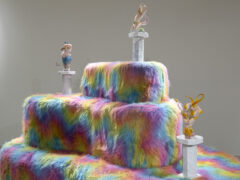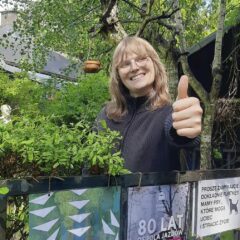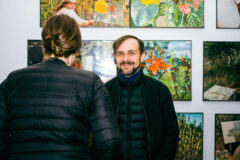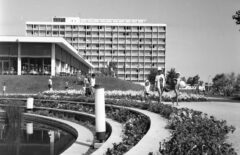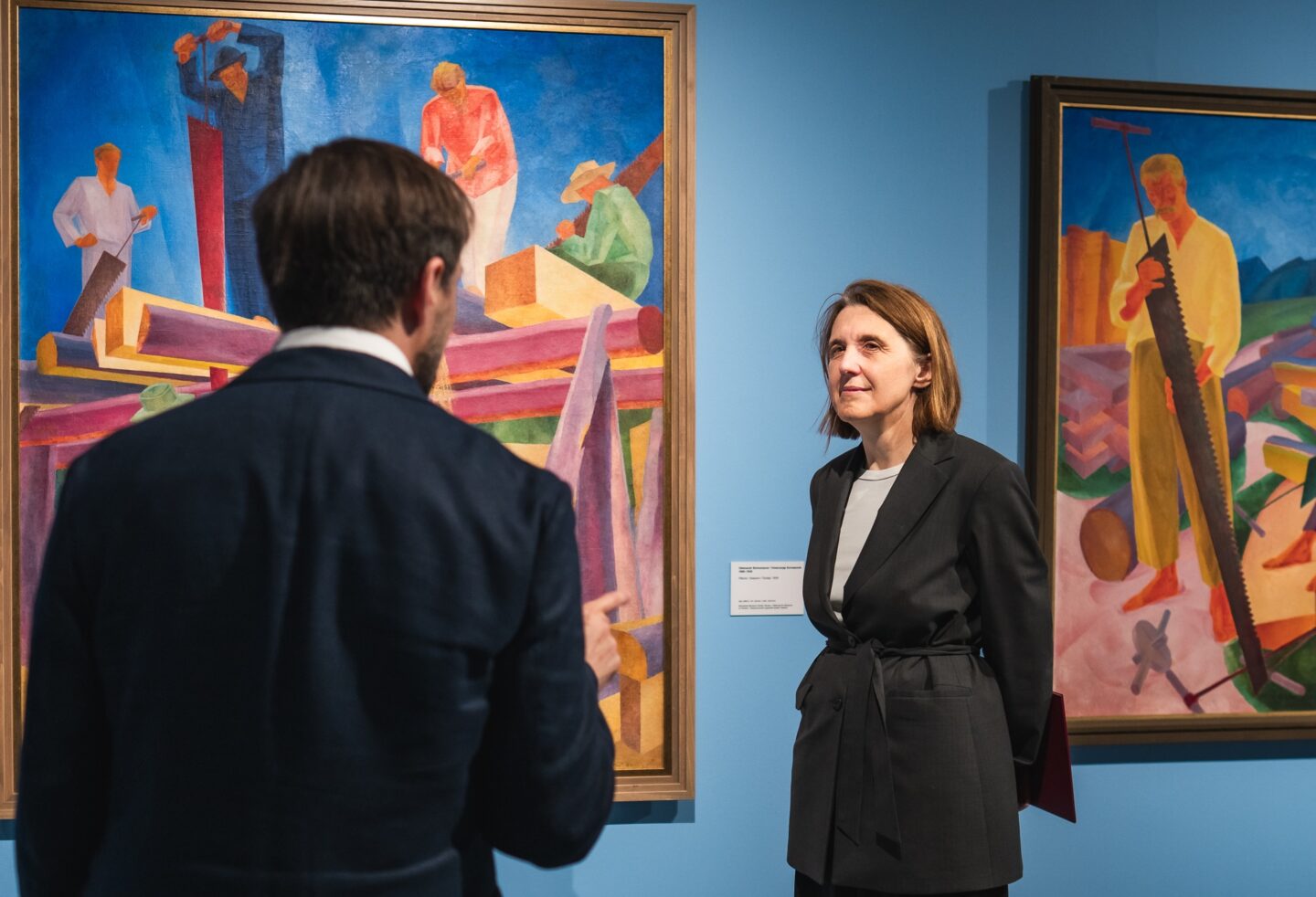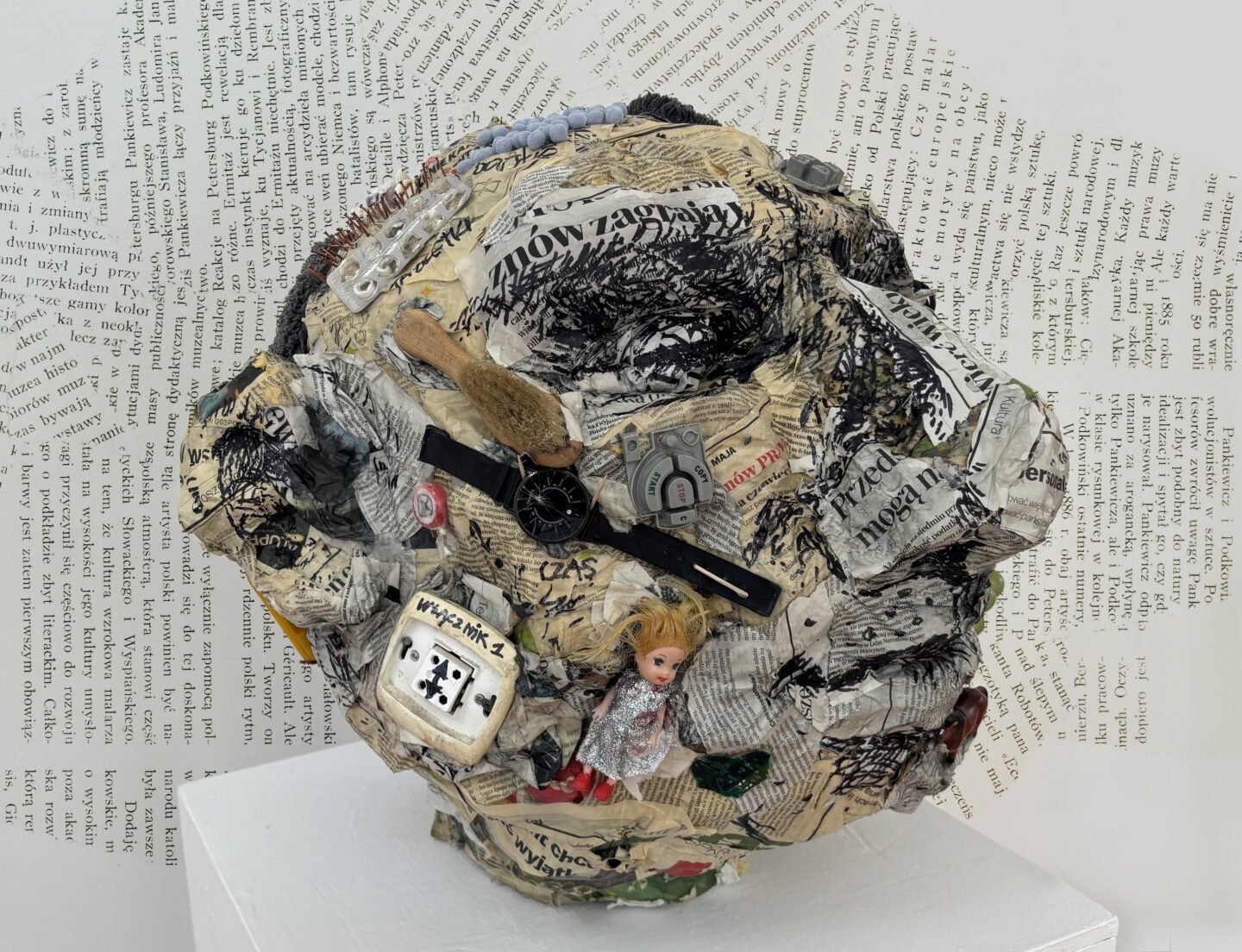„Open Group. Ze względu na okoliczności” w Galerii Arsenał w Białymstoku / ”Open Group. Due to Circumstances” at the Arsenal Gallery in Białystok

For English version scroll down
PL
Wystawę Open Group w Galerii Arsenał flankują dwie prace stanowiące wyjątek od praktyki, z której twórcy dali się poznać w czasie swojej pięcioletniej działalności. To właśnie w „Dioramie” i „Wyłącznie do użytku wewnętrznego” artyści ukrywają się za pracami. Nie prezentują one tak charakterystycznych w działalności grupy akcyjności i procesualności, które – jak na obecne standardy – są niekiedy posunięte do ekstremum. Do prac typowych dla Open Group należy „Synonim dla słowa <<czekać>>”, zrealizowana w ramach wystawy „Hope!” w Pawilonie Ukraińskim, podczas 56. Biennale w Wenecji. Członkowie grupy przez trzy tygodnie „czuwali” przy stole ustawionym przed instalacją monitorującą dziewięć mieszkań. Był to sposób oczekiwania na powrót żołnierzy, którzy poszli na front. W tej pracy zauważalne są trzy najistotniejsze elementy twórczości grupy.
Pierwszym i chyba podstawowym jest akcyjność – w tym wypadku dosyć radykalna. Przypomina działania ikony performensu lat osiemdziesiątych – Tehching Hsieh, znanego z długotrwałych, wyczerpujących akcji. Działania artystyczne w ramach pracy „Synonim dla słowa <<czekać>>” odbywały się nie tylko przez osiem godzin, kiedy ekspozycja była otwarta dla zwiedzających, lecz również po jej zamknięciu. Artyści wracali do hotelu, jednak przez cały czas trwania wystawy nie jedli i wciąż czekali.
Drugim charakterystycznym dla grupy elementem jest przestrzeń. Na wystawie widzieliśmy instalację nierozerwalnie połączoną z dziewięcioma miejscami w Ukrainie, które obserwowane przez performerów, stanowiły sens tej pracy. Wreszcie też hotel, w którym mieszkają, droga z hotelu do pawilonu i cała Wenecja. Akcja trwa przecież nieprzerwanie również po zamknięciu wystawy.
„Biografia” jest kolejną pracą, a jednocześnie i wystawą, podczas której stała obecność członków grupy była niezbędna. Wystawa „narastała” w trakcie codziennej akcji, przeprowadzanej w galerii w godzinach jej otwarcia. Każdy z członków grupy spełniał jedną z wcześniej zaplanowanych rólfunkcji. Takie narastanie, wypełnianie się wystawy było już obecne w „Ars longa vita brevis”. W czasie jej trwania na ekspozycji pojawiał się codziennie nowy element, będący zapisem mijającego dnia.
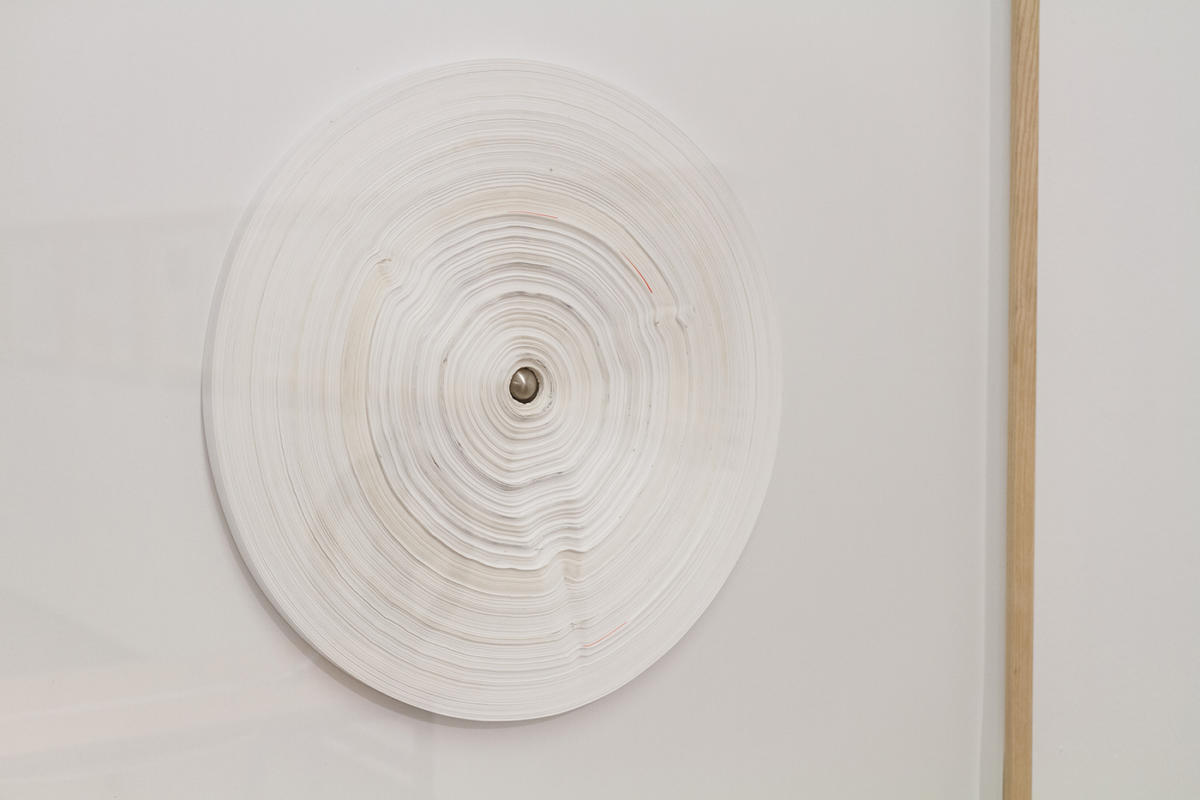
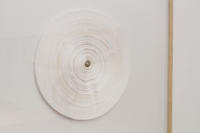
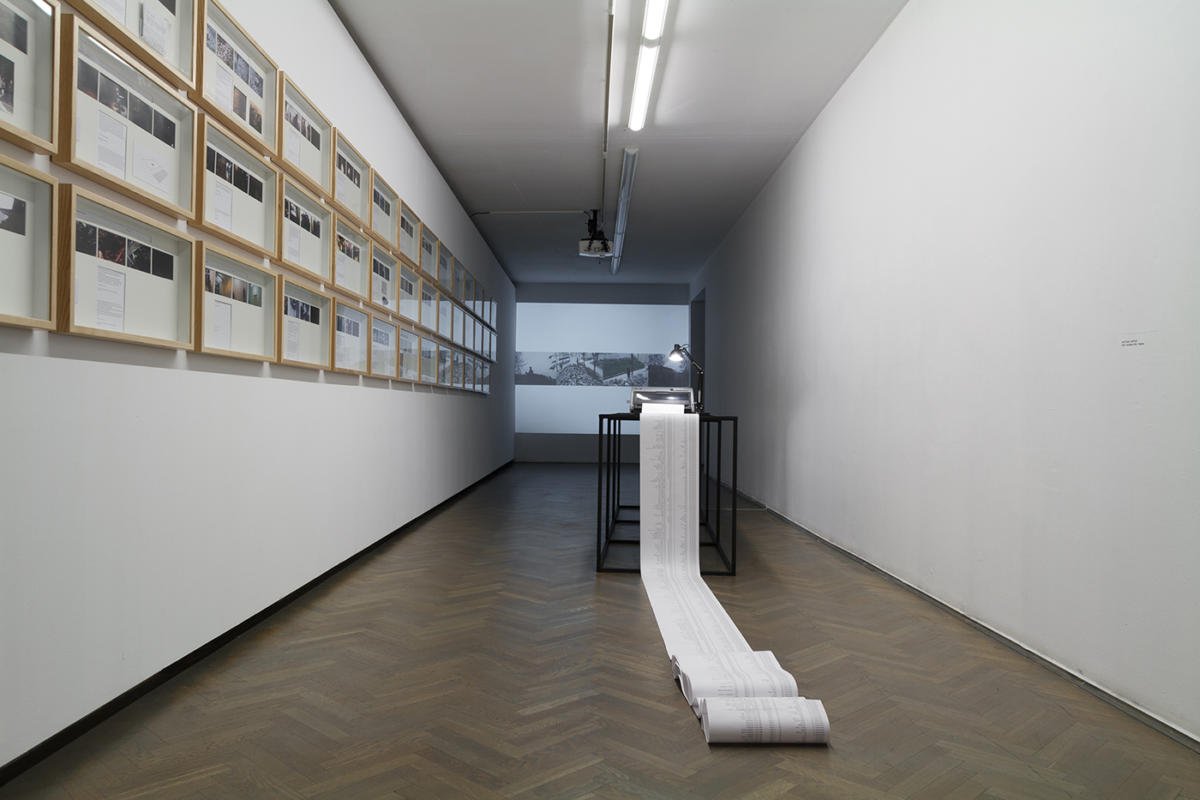
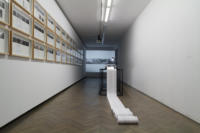
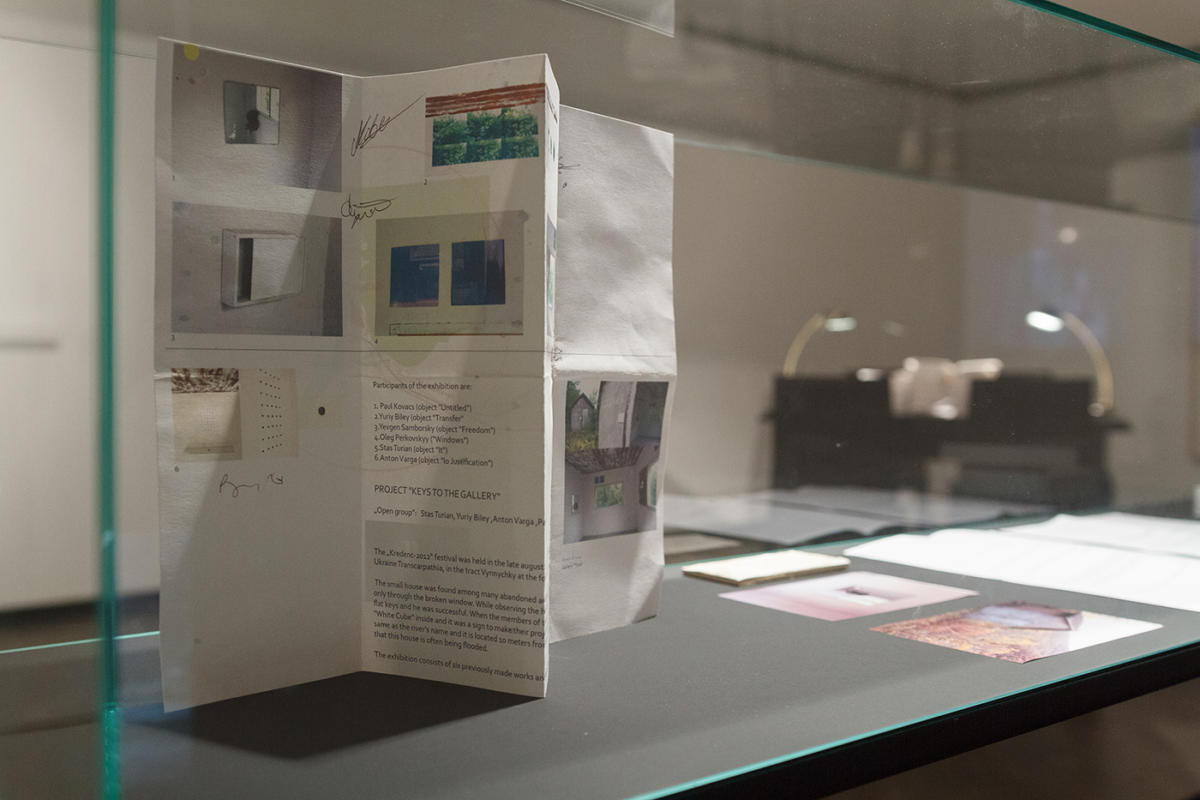
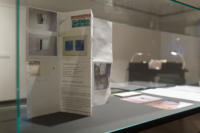

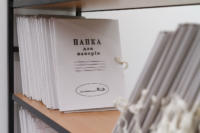
Trzecim elementem, który stanowi naczelną zasadę grupy, jest współdziałanie. Ta idea zawarta została już w samej nazwie grupy. W Open Group jest obecnie czterech stałych członków, ale skład kolektywu zmienia się w zależności od projektu. Aby znaleźć te cztery nazwiska, trzeba przeczytać listę, na której znajduje się niemal 500 osób. Dołączały one do różnych projektów realizowanych przez grupę. Naturalne więc było, że zespół – podobnie jak niegdyś R.E.P., tylko na jeszcze większą skalę – podjął się w 2017 roku kuratorowania wystawy prezentującej grupy, wspólnoty, środowiska artystyczne działające w Ukrainie. Temat ten jest dla nich bardzo istotny.
Wróćmy jednak do prac, o których wspomniałem na początku. „Wyłącznie do użytku wewnętrznego” dotyczy drogi Lwów-Kijów, którą artyści pokonują przez ostatnie lata regularnie i znają ją, jakby była ich trasą z domu do pracy. Nie ma jednak w tej pracy wielkiej narracji, dramaturgii czy romantyzmu, znanych z wielu dzieł poświęconych drodze, takich jak np. „Wielki Mur” Abramovic/Ulay, „Different trains” Steve’a Reicha czy „Easy Rider” Dennisa Hoppera. Jest natomiast łagodna autoironia wobec artystycznej gigantomanii i przesadności. Zdjęcie z przypadkowymi towarzyszami podróży, wykonane na dworcu w Kijowie, zostało wydrukowane w największym możliwym rozmiarze i oprawione w muzealne ramy. Zaobserwowane w metrze czy tramwaju mikroscenki, zostały odegrane przed kamerą przez zawodowych aktorów, by wyprodukować wyestetyzowane wideo. Tekst wydrukowany w postaci książki i wydany w 650 egzemplarzach, które częściowo ułożono na przesadnie eleganckim stole, a resztę, bez rozpakowywania, pozostawiono w paczkach. Wszystko to stanowi części ekspozycji. Są nimi także książki. Można je czytać, jednak pomimo ich wielkiej ilości oraz zwyczajowi panującemu w galeriach, nie można tych książek ani dostać, ani kupić.
„Diorama” natomiast jest czymś jeszcze innym. Z jednej strony mamy tu nietypowy dla Open Group minimalizm, z drugiej zaś – zasygnalizowaną już w „Wyłącznie do użytku wewnętrznego” – teatralność. „Diorama” jest w pewnym sensie kontynuacją cyklu „Otwarta Galeria”, który grupa realizuje od swojego powstania. Jednak nie ma w niej, tak charakterystycznej dla dotychczasowych prac grupy, akcyjności. Tytułowa diorama nie powstaje w rzeczywistości, nie jest tworzona fizycznie, w wyniku działania członków grupy. Jest tworzona za pomocą języka. Nie mówią o niej jednak sami artyści tylko wybrani przez nich aktorzy. Diorama stanowi odwrotność „otwartych galerii”, będących znakiem przestrzeni dla sztuki współczesnej, niemal nieobecnych w Ukrainie. Natomiast tytułowa „diorama” jest – w najbardziej możliwy sposób – realistycznie opowiedzianą przestrzenią znaną z przeszłości. Kryje się tu też dowcip, gdyż dioramy budowane w czasach radzieckich, dotyczyły bohaterskich lub dramatycznych wydarzeń z historii. Tymczasem Open Group tworzy coś odwrotnego – „dioramę spokoju”. W obu pracach nacisk położony jest na dzieło, stawiając w cieniu jego autorów. Czy może to oznaczać jakiś nowy kierunek w twórczości grupy?
Waldemar Tatarczuk


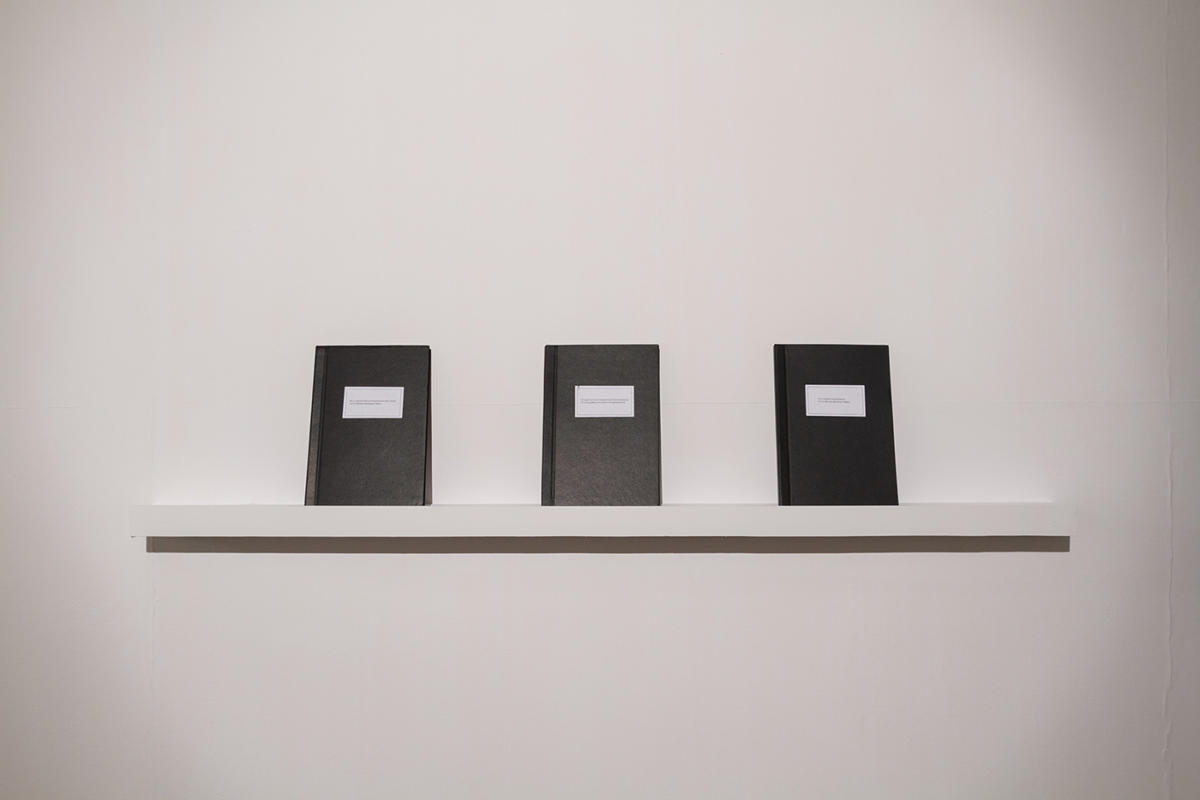
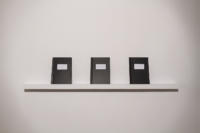
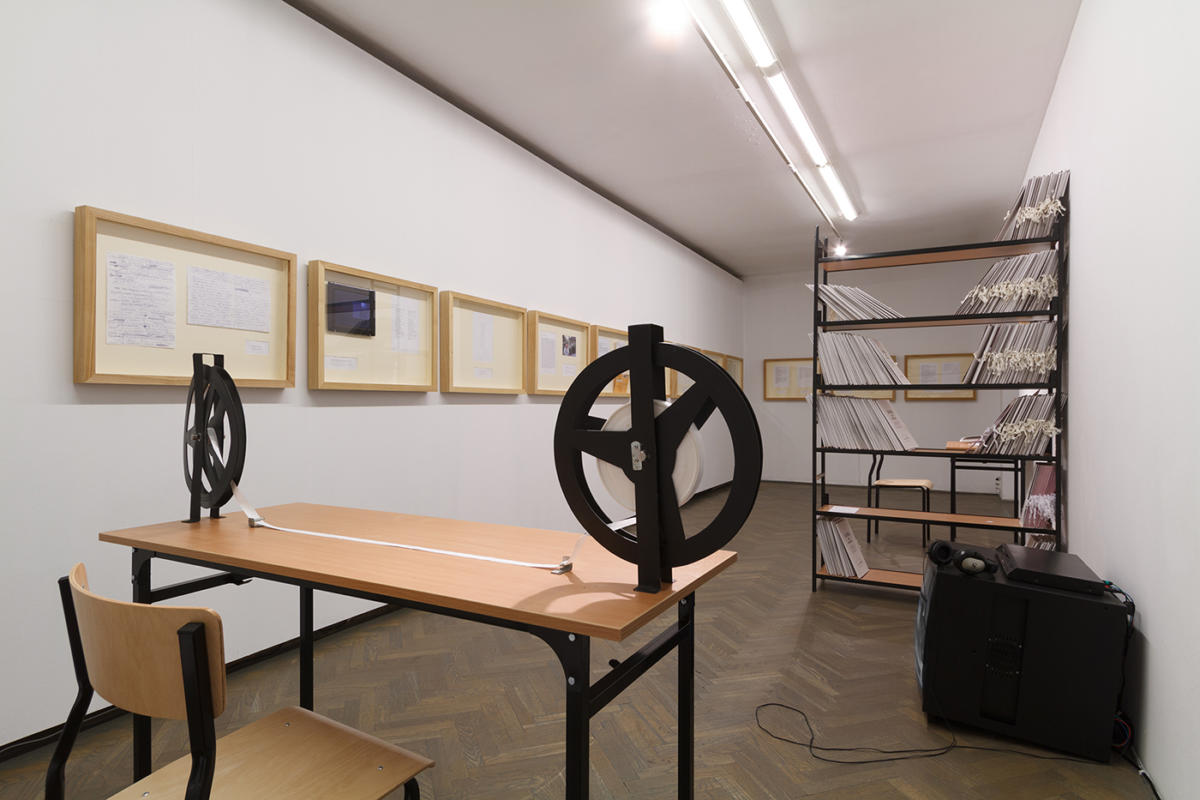


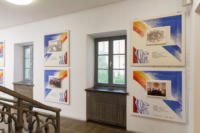

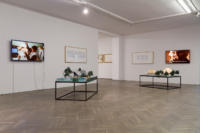
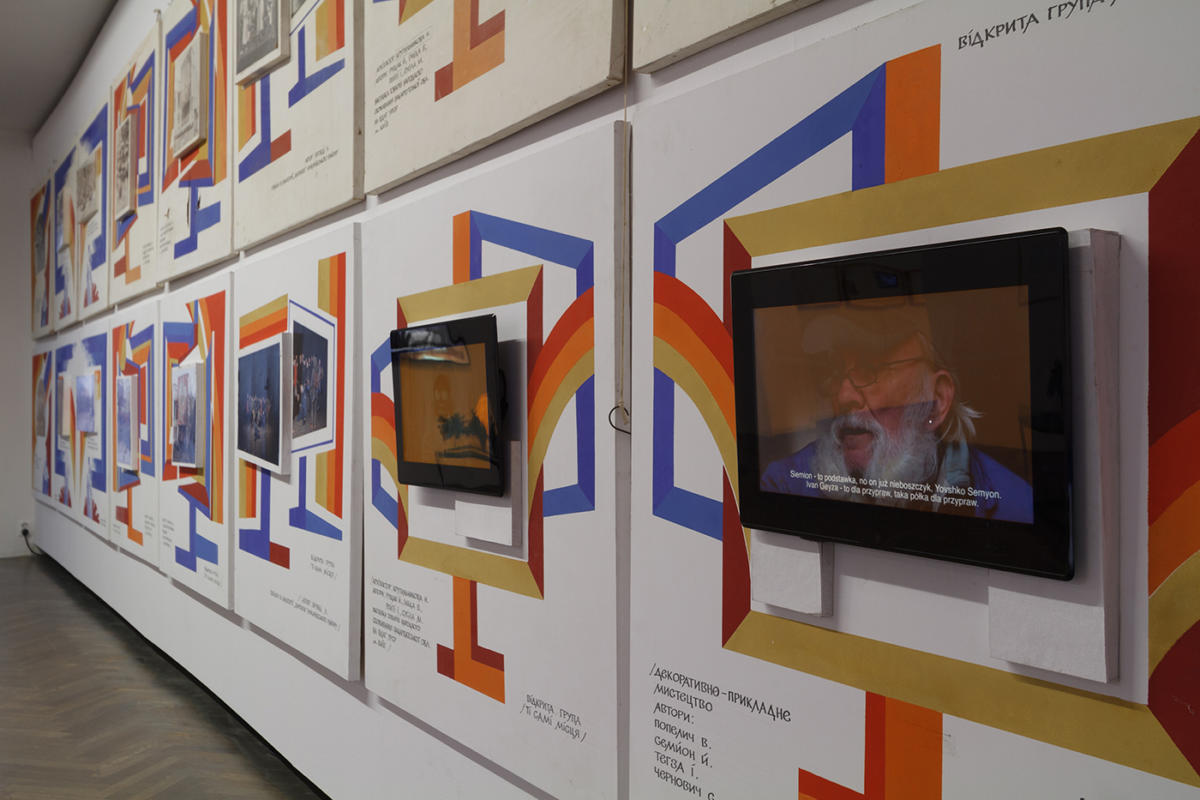
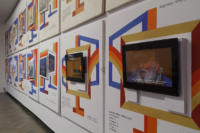
ENG
Open Group is one of the most interesting artistic collectives from Ukraine. The group was founded in 2012 and consists of four artists – Yuriy Biley, Anton Varga, Stanislav Turina, Pavlo Kovach.
The Open Group exhibition at the Arsenal Gallery is flanked by two works, which seem to be an exception from the practice that they got us accustomed to during their five year activity. It is in “Diorama” and “For Internal Use Only” that the artists hide behind the work. The action, the focus on the process, very often taken to extremes (taking the 21st century art standards into consideration), that are so characteristic in their works, are not visible here. An example of the distinctive group activity is the “Synonym for <wait>”, realized as a part of the “Hope” exhibition in the Ukrainian Pavilion during the 56th Biennale in Venice. Each of the members spent 3 weeks at a table placed in front of an installation monitoring nine apartments, waiting for a soldier that had gone to war. This work represents three of the most crucial elements of the group’s activity.
The first and possibly the fundamental one is action – rather extreme in this case, resembling the works of a 1980s performance icon, Tehching Hsieh. The performance of the “Synonym for <wait>” went on throughout the entire time of the exhibition, not only during the 8 hours when the exposition was open to the public, but also after its closing time. The artists went back to their hotel, but they didn’t eat during the whole time of the exhibition, they waited. The second element is space. We can see an installation at the exhibition, but it is inextricably linked to nine places in Ukraine. Observation of these places by the performer gives meaning to this work. And finally, the hotel they live in, the way from the hotel to the pavilion and the whole Venice they move around. Action continues also after the closing hours of the exhibition.
Another work and an exhibition at the same time that required a continuous presence of the group members is the “Biography”. The exhibition expanded during the everyday activity at the gallery during the opening hours. Each of the members performed one of the previously prepared roles/functions. Such expansion, growing of the exhibition was present earlier in “Ars Longa Vita Brevis”. Every day during the exhibition, a new element, which was the recording of the passing day, was exposed. The third element, which seems to be the core principle of the group, is co-operation, the “openness” included in the collective’s name. The “Open Group” presently comprises four regular members, but the number changes depending on a project. To find these four names, you have to go through a list of about 500 people that have joined the group in different projects. It came as no surprise that, just like R.E.P., however, on a bigger scale, the collective decided to curate an exhibition in 2017 presenting artistic groups and communities of Ukraine. The subject is of great importance to them.
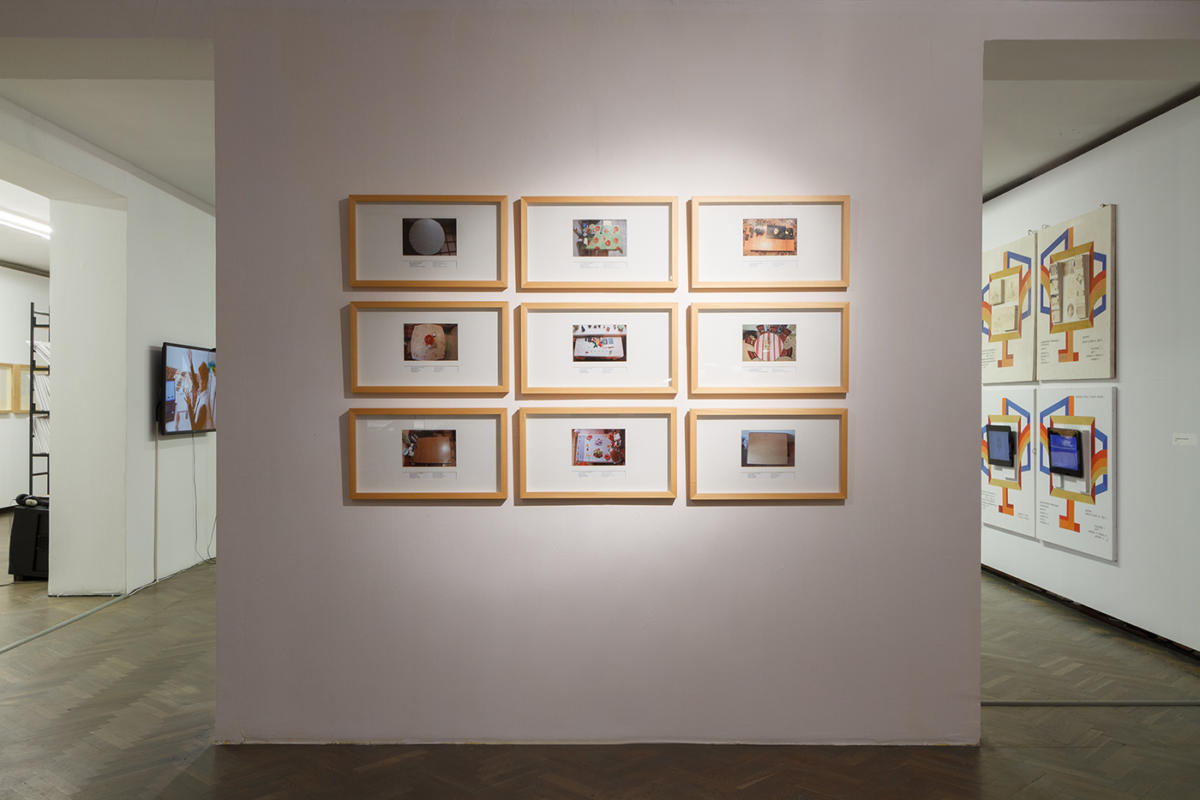
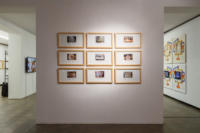

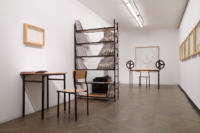
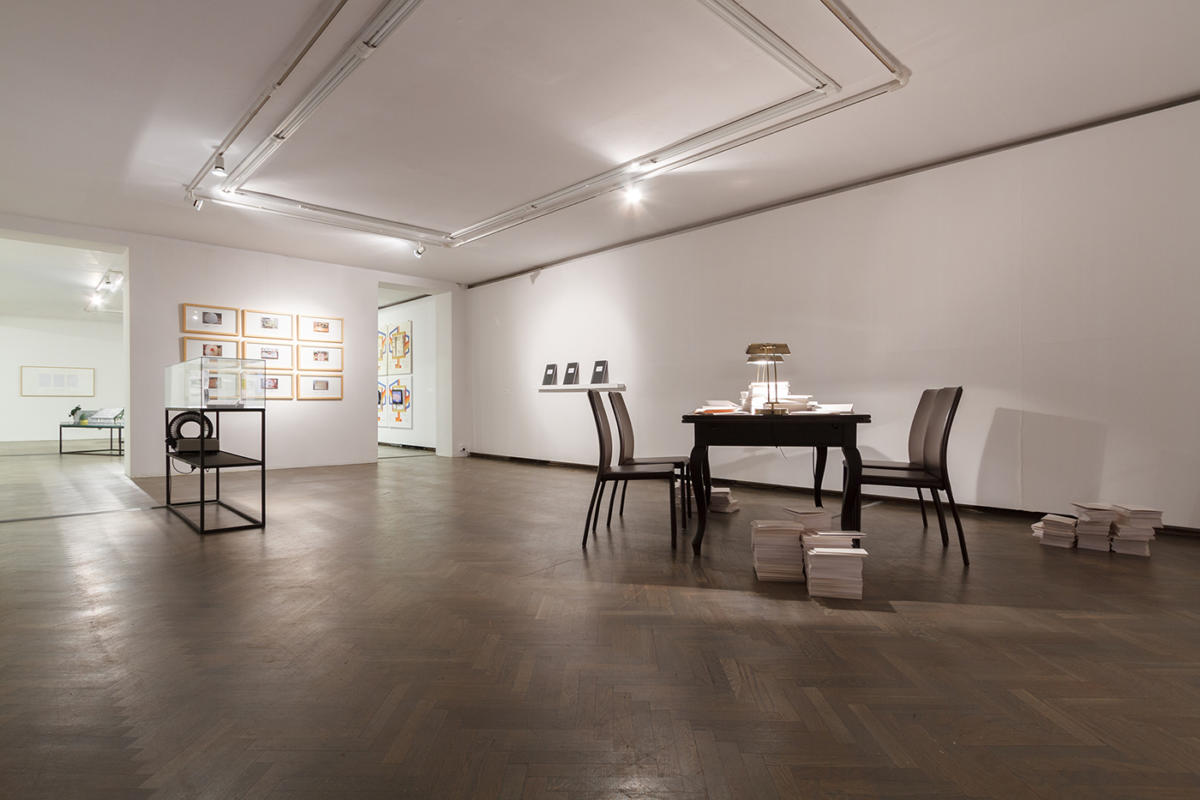
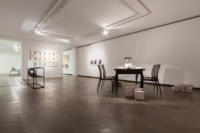
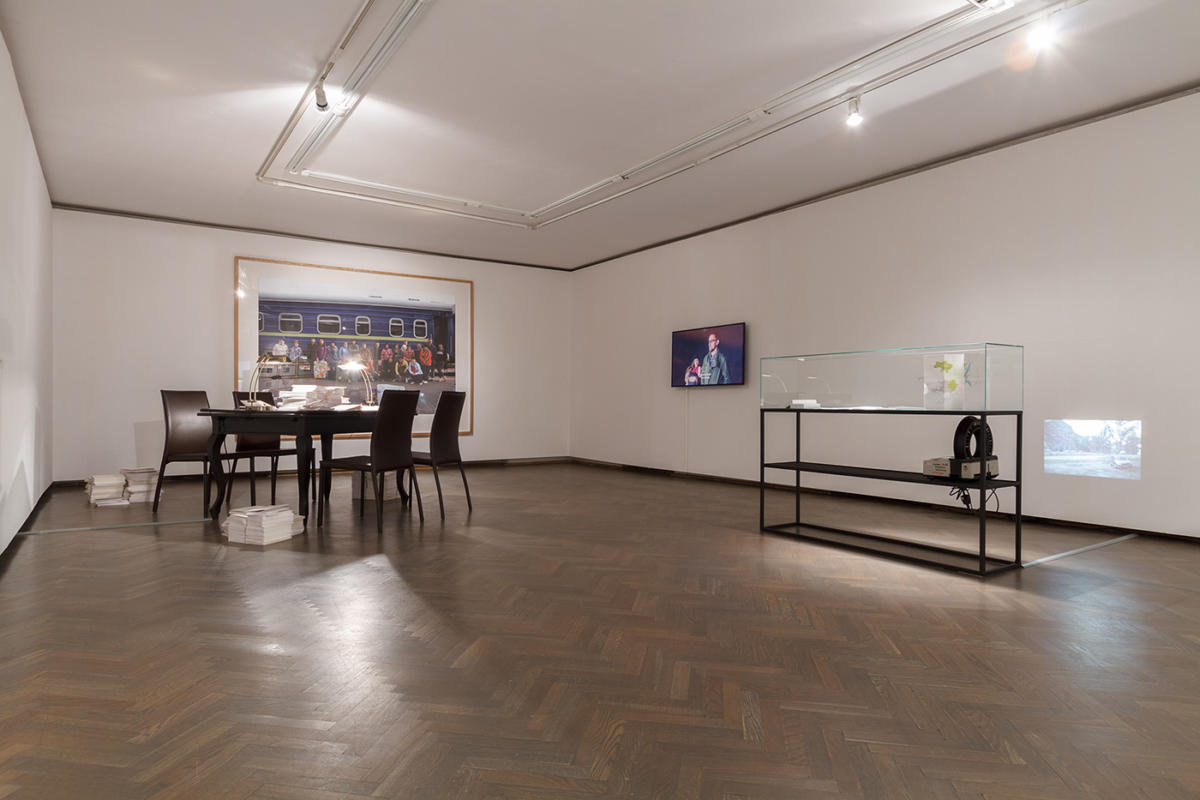
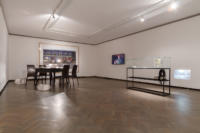
Let us return to works I have mentioned at the beginning. “For Internal Use Only” relates to the Lvov – Kiev route that the artists have been taking regularly in the recent years and they know it like the way from home to work. What it lacks, however, is the great narrative, dramaturgy or romanticism known from the history of numerous works devoted to the concept of the road, such as “The Great Wall” by Abramovic/Ulay, Richard Long’s activity, “Different Trains” by Steve Reich or “Easy Rider” by Dennis Hopper. What is present, though, is a mild self-mockery related to the artistic gigantomania and exaggeration. A photo with random fellow travellers taken at the Kiev railway station was printed in the largest format possible and put in museum frames.
Little scenes that were observed on the underground or tramway, were later played out by professional actors in front of a camera to produce aesthetic videos. A text printed in a book form and published in 650 copies, which were partially placed on an overly elegant table, and the rest was left unpacked in boxes. All of it forms a part of the exhibition, just like the books that you can read, but, despite their great amount and the gallery convention, you cannot get or buy.
“Diorama”, however, is yet something different. On the one hand, we are presented with minimalism that is uncommon for the Open Group and, on the other hand, we get theatricality that was already touched upon in “For Internal Use Only”.
“Diorama” is, in a way, a continuation of the “Open Gallery” cycle that the group has been implementing since its creation, but it lacks action, so characteristic of the groups’ activity until now. The diorama is not formed in reality, it is not physically produced by the actions of the group members. It is created by means of language. At the same time, it is an opposite to “open galleries”. They were the symbol of exhibition spaces for modern art, which are almost completely absent in Ukraine. This diorama, however, is being told as realistically as possible by means of space known from the past. There might be a joke hidden here, though, as the dioramas built during the Soviet times presented heroic or dramatic events from history. The Open Group, however, has created something opposite – a “diorama of peace”. Both works emphasise the creation, place the authors in the shadow and, at the same time, paradoxically, expose them, as they are created only by the regular group members, whose names do not disappear in the mass of other temporary names, like in the other projects. Could this imply a new direction in the group’s work?
Waldemar Tatarczuk
Przypisy
Stopka
- Osoby artystyczne
- Open Group / Yuriy Biley, Anton Varga, Stanislav Turina i Pavlo Kovach
- Wystawa
- Open Group. Ze względu na okoliczności / Open Group. Due to Circumstances
- Miejsce
- Galeria Arsenał w Białymstoku / Arsenal Gallery in Białystok
- Czas trwania
- 2.09–6.10.2017
- Osoba kuratorska
- Waldemar Tatarczuk
- Fotografie
- Maciej Zaniewski
- Strona internetowa
- galeria-arsenal.pl

